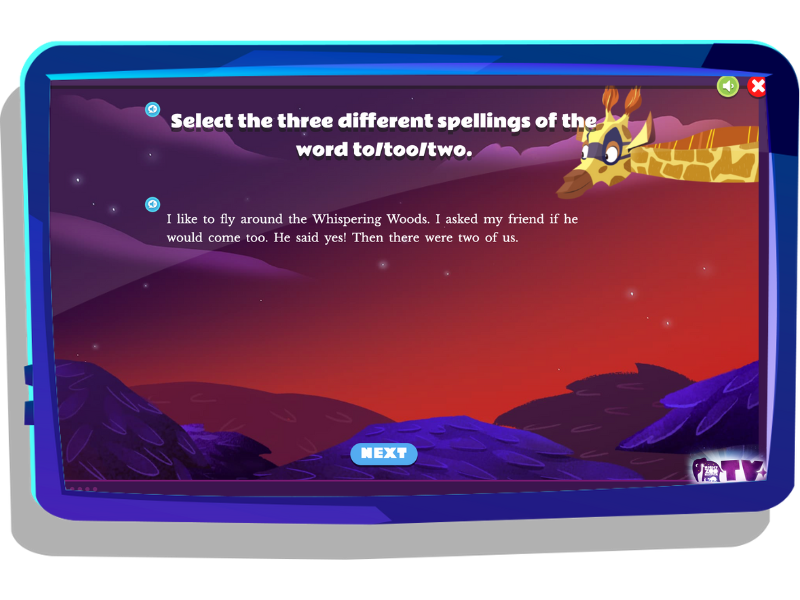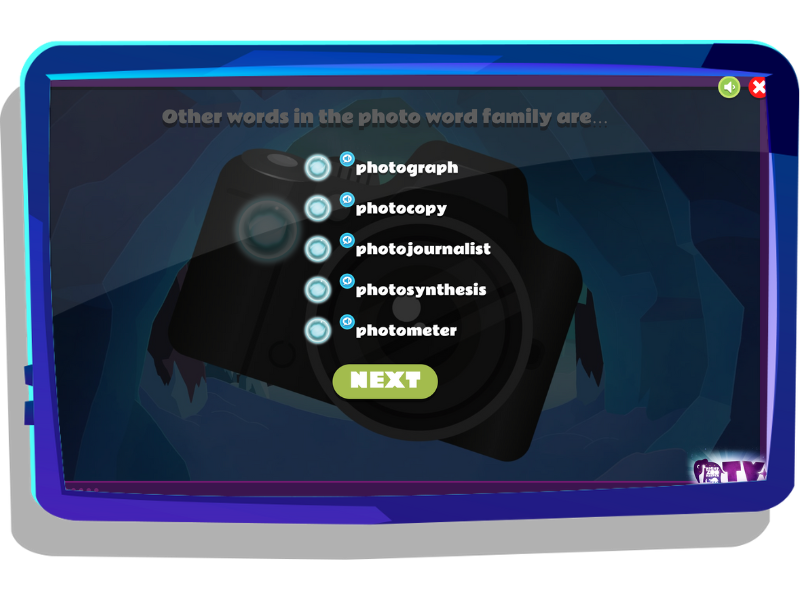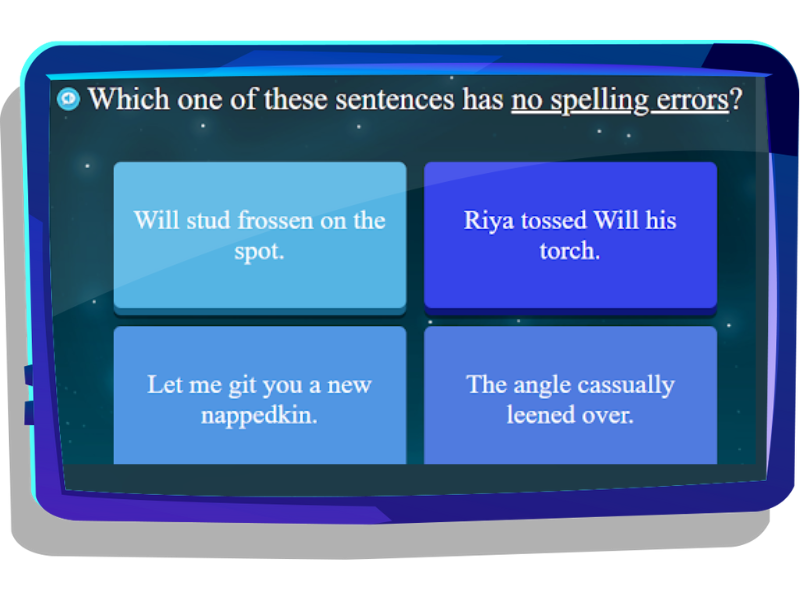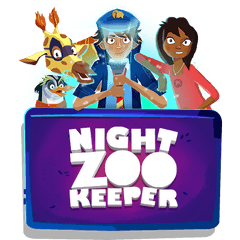Grade 6 Spelling
Discover Grade 6 spelling standards

Home > Language Arts > Spelling > Grade 6
Children in Grade 6 are expected to have a rapidly growing vocabulary. They should be using and writing words with a greater variety of prefixes and suffixes. Their spelling needs to keep stride with the breadth of their topic learning. In subjects such as maths and science, sixth graders are expected to spell domain-specific technical vocabulary.
This guide will take you through specific examples of how your child should be spelling words in Grade 6, and also suggest strategies on how your child can do this successfully.
Prefixes
Prefixes are a group of letters that can be placed at the beginning of a root word. This changes the meaning of the root word, just like these examples:
- un-: unbelievable
- in-: independence, invisible
- mis-: mistaken, misunderstand
Ensuring that your sixth grader has a good grasp of common prefixes can help them not only spell longer words, but also decode their meaning when reading them.
Suffixes
A suffix is essentially the opposite of a prefix. Your child will use these at the end of common root words. Here is a sixth grade spelling word list with words your child should be familiar with at this grade level:
- -ment: appointment, department, disagreement, encouragement
- -ness: happiness, forgiveness, emptiness, thoroughness
- -ing: forgetting, listening, transferring, preferring, concerning
- -ly: separately, simply, recently, scarcely, accidentally, beautifully, especially
Practice Tip
Consolidate your sixth grader's knowlege of suffixes with the lesson Electro Spike Adjectives from the lesson series Electro Spike Spelling on Night Zookeeper!

Technical Spellings
Children in Grade 6 will be expected to write an increasing amount of formal reports including technical, academic language. Here are some words that they may need to use in math and science at 6th grade level:
- arithmetic
- capacity
- denominator
- numerator
- radius
- ratio
- multiple
- predict
- pollution
- scientific
- positive
- negative
Homophones
Your child may know from earlier grade levels that some words sound the same but are spelled differently. These are called homophones and can cause confusion for some children. Only regular spelling practice will help to ensure they understand the different meanings connected to each word. Here are a few examples that you could use to practice with your sixth grader:
- hangar/hanger
- advice/advise
- principle/principal
- stationary/stationery
- steal/steel
Practice Tip
The lesson Get It Right! is a great way to learn all about homophones! Your child can access this lesson on Night Zookeeper.

Consonant l-e
Children will learn about consonant l-e syllable words in 6th grade. These are words where a consonant is followed by an l and then a silent e. Here are some examples:
- example
- comfortable
- capable
- remarkable
- recycle
- noticeable
- wrinkle
- visible
- struggle
- vegetable
Word Families
The following words are never alone because they are part of a word family. There are lots of different word families and they all share certain characteristics. Words in a family either share a common meaning, pattern or feature. This is what brings them together. Here's an example of the 'visible' family:
- visible
- invisibile
- visibility
- invisibility
- visibly
- invisibly
Practice Tip
Get your child to give the lesson Smile For The Photo! a try! This lesson is part of the series Electro Spike Spelling on Night Zookeeper.

Proofreading
Sixth graders should be routinely proofreading their own work for spelling errors. This is an important part of the drafting and spelling skills that they’ve developed in previous grade levels.
Practice Tip
Challenge your child to identify sentences where there are no visible spelling errors, just like in the below quiz on Night Zookeeper.

How Night Zookeeper Can Help

Night Zookeeper is a language arts program created by experts to make reading & writing fantastically fun for children. Our wide range of gamified educational content targets all ELA topics, including spelling, grammar, punctuation, reading, and writing!
Whether you use Night Zookeeper as a supplemental spelling resource, or as your full homeschool language arts curriculum, you can expect to see an improvement in your child’s skills in just a few weeks! Here are some of the thousands of spelling resources available on our program right now:
- Spelling games
- Pre-made lesson plans to take the work off your shoulders
- Lesson series on reading comprehension to support your child’s spelling skills
- Printable spelling worksheets for offline learning
- Grade-appropriate vocabulary word games
Sign up to our program and claim your FREE 7-day trial!
Related articles


Make Reading & Writing Fantastically Fun!
- Award-winning reading & writing program for kids
- Improves spelling, grammar, punctuation & vocabulary
- Over 1,000 different learning games and activities



